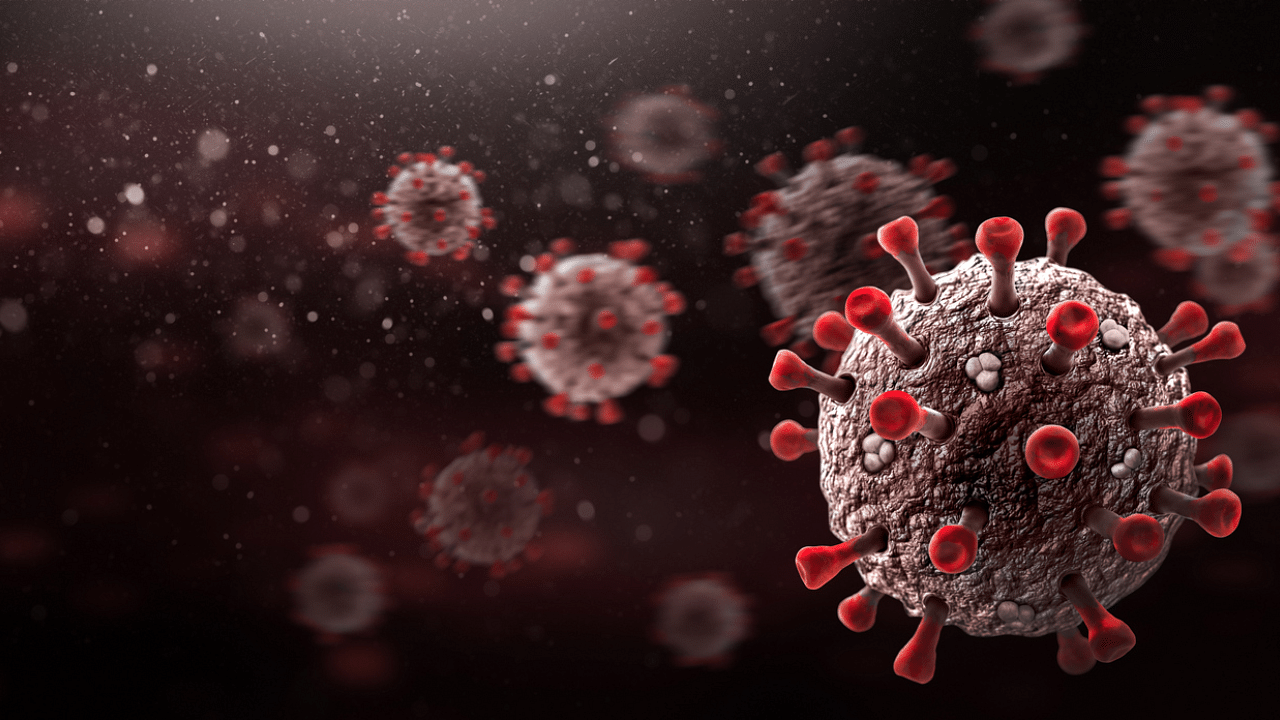
The widely anticipated third wave of the Covid-19 pandemic is unlikely to impact the children “disproportionately”, according to a new study which found that the level of sero-positivity among kids is comparable to the adults during the second wave of the epidemic.
“The SARS-CoV-2 sero-positivity rate among children was high and was comparable to the adult population. Hence, it is unlikely that any future third wave by prevailing Covid 19 variants would disproportionately affect children two years or older,” reported the team led by researchers from the All India Institute of Medical Sciences in Delhi.
An analysis of more than 4,000 samples – collected by the researchers during the second surge of the epidemic - showed nearly 56% of children below 18 years were exposed to the virus as against 63.5% of the adult population. The sero-positivity studies look at the level of antibodies in the blood, caused by exposure to the virus.
The researchers concluded that children are as vulnerable to SARS-CoV-2 variants as the adult population.
The study comes amidst a growing concern among the parents on a possible third wave of the epidemic and its impacts on children as a substantial number of the adults is likely to receive at least one dose of a Covid-19 vaccine by November when the third wave is anticipated to surface.
Last month, the Indian Academy of Paediatrics too allayed the fear of children being affected by the virus during the third wave "predominantly or exclusively" by asserting that such a situation is "highly unlikely" to arise.
The interim analysis of 4,509 participants by the AIIMS team is a part of a larger WHO-supported epidemiological study using the sero-positivity data across the states.
The sample population analysed for the interim study includes 700 kids below 18 years from five sites – a Delhi urban resettlement colony (92 children), villages in Faridabad (189), Bhubaneswar rural (165), Gorakhpur rural (146) and Agartala rural (108).
The data was collected between April and June. In Delhi, the data was collected at the end of the first wave and before the second wave but in other sites, the sampling was conducted during the second wave.
At Gorakhpur, which is a major hub for people travelling to Nepal, the study shows 88% of the people had been exposed to the novel coronavirus, as the Uttar Pradesh border town reports the highest seropositivity among the five sites. The least affected was Faridabad (59% sero-positivity).
Among the children, the prevalence was slightly more in female participants compared to the males (58.6% versus 53.0%), but there was no statistically significant difference.
Children aged 2-4 years and 5-9 year had almost identical sero-positivity rates (42.4% and 43.8%) which was lower than the rate observed for children aged 10-17 years (60.3%).
The higher seropositivity rate in children aged 10-17 years might be reflective of their higher mobility and independence compared to the younger children, the team reported in the study, which has not yet been peer-reviewed and released on a preprint server.
The commonest symptoms in children were fever, sore throat, runny nose, cough, shortness of breath and conjunctivitis. Some kids were also examined based on abdominal symptoms (vomiting, nausea and diarrhoea) and neurological symptoms (loss of smell and loss of taste), and a section of them was indeed found coronavirus positive.
